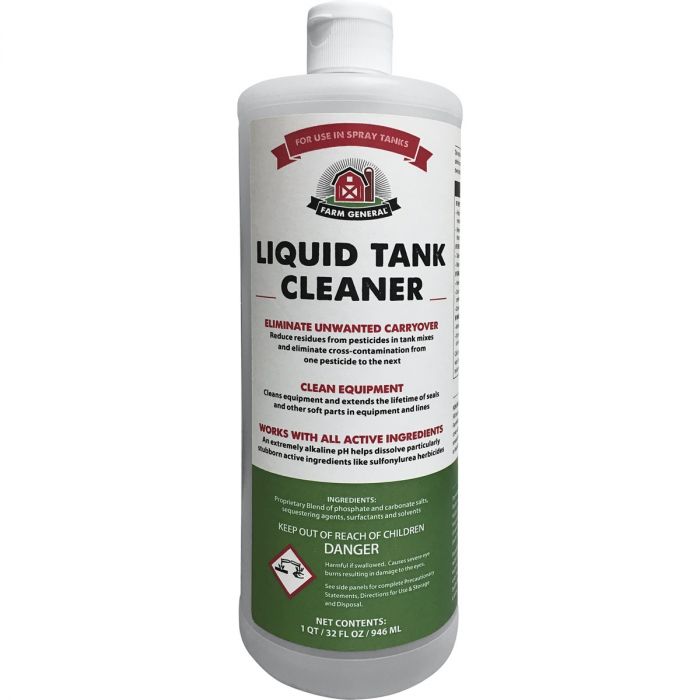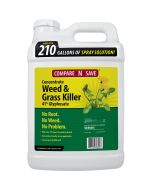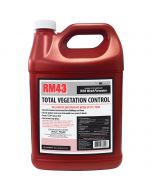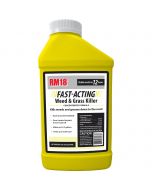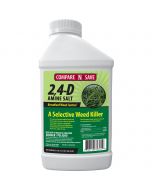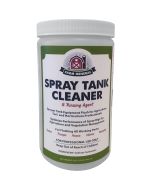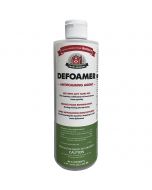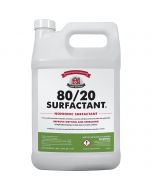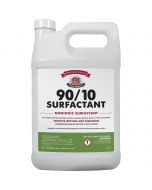Liquid Tank Cleaner
Reduce or eliminate residues from pesticides in mix tanks by thorough cleaning with Liquid Tank Cleaner from one tank mix to the next. Extend the lifetime of seals and other soft parts in equipment and lines. Use with all active ingredients. Tank Cleaner has an extremely alkaline pH, which helps neutralize acid active ingredients more efficiently and works well with sulfonylurea herbicides, both of which are particularly stubborn when being cleaned from a tank.
Clean equipment. Large or small.
Where to use:
In any size mix tank, including seals, soft parts, and lines, with any active ingredients, especially sulfonylurea herbicides.
When to use:
Use when switching spray solutions from one mixture to the next.
How to use:
FOR SMALL TANKS SUCH AS BACKPACK SPRAYERS:
Fill the small sprayer with a small amount of water. Add about 1 ounce of Liquid Tank Cleaner for each gallon of water. Shake sprayer to cover all surfaces several times. Pour out water. Repeat, if needed. Rinse several times with clean fresh water until all signs of cleaning agent, such as foaming, are gone.
FOR LARGE TANKS:
Use about 1 quart Liquid Tank Cleaner per 400 gallons of water. Hard-to-eliminate residues, such as 2,4-D or dicamba may require increased amounts of Liquid Tank Cleaner or repeat the number of rinses or both in order to completely eliminate these tricky residues.
Add rinse water then tank cleaner at an amount adequate for cleaning. Turn on circulation. Continue circulation for 10 to 15 minutes. Also, as prescribed by the equipment manufacturer, clean the booms, hoses and other outer areas for several minutes. Drain the system. Follow with several thorough rinses. Complete rinsing is essential before starting the next tank mix.
HARD TO CLEAN RESIDUES AND RINSATE TESTING:
Some pesticides are difficult to clean even with thorough procedures. Some residues, such as those from 2,4-D and dicamba, may be extremely hard to remove. Carryover of these actives could injure certain crops, if not thoroughly removed. It is recommended after cleaning that the rinse water be tested on sensitive plants to make sure enough residue has been removed. Apply rinse water directly to sensitive plants.
Precautions:
Do not breath mist or vapor. Wash thoroughly after handling. Do not eat, drink or smoke when using this product. Wear protective gloves/protective clothing/eye protection/face protection.
Active Ingredients:
Proprietary Blend of phosphate and carbonate salts, sequestering agents, surfactants and solvents
Product Label:
Disclaimer:
It is a violation of Federal law to use this product in a manner inconsistent with its labeling. Read the entire label before each use. Use only according to label instructions.
See the complete label for specific use rates and detailed instructions.
Consult the Safety Data Sheet (SDS) for important safety information.

